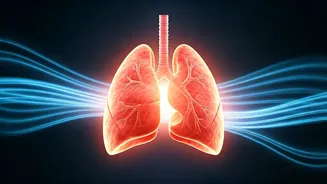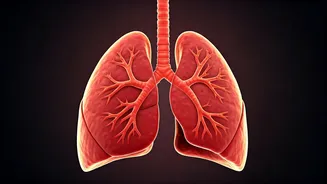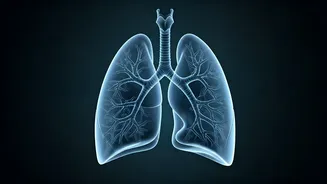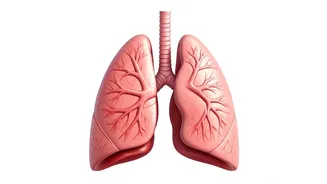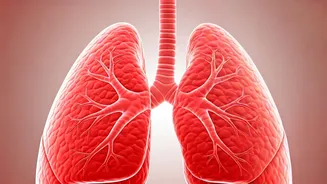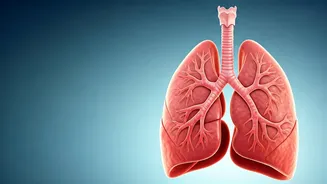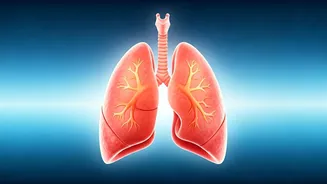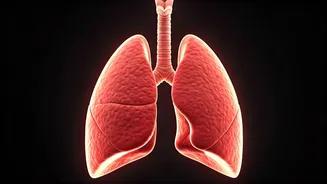Why Yoga Matters
Yoga, a practice deeply rooted in ancient traditions, offers a powerful means of improving respiratory health. While various forms of yoga exist, the focus
here is on a brief yet effective 10-minute routine. This routine is especially valuable during Diwali, a time when air quality can be compromised due to increased pollution from fireworks and other festivities. Regular practice of yoga, even for a short duration each day, can strengthen the lungs, improve oxygen intake, and enhance overall well-being. By incorporating specific poses and breathing techniques, individuals can counteract the negative effects of poor air quality and maintain optimal respiratory function.
Chest-Opening Poses
Chest-opening poses are fundamental to this yoga routine. These poses are designed to expand the chest cavity, promoting greater lung capacity and improved airflow. Several key poses are particularly effective. The Cobra pose (Bhujangasana) involves lying on the stomach and gently lifting the chest off the ground, opening the front of the body and encouraging deep breaths. The Bridge pose (Setu Bandhasana) involves lifting the hips off the ground, opening the chest and improving circulation. Another beneficial pose is the Cow Face pose (Gomukhasana), where the arms are extended overhead and behind the back, further stretching the chest and shoulders. Each pose should be held for several breaths, allowing the body to relax and the lungs to expand. Consistent practice of these chest-opening poses can lead to significant improvements in respiratory function.
Pranayama for Enhanced Breathing
Pranayama, or yogic breathing exercises, is an integral part of this 10-minute routine. Pranayama techniques are designed to regulate the breath, calm the mind, and enhance lung capacity. One essential technique is Deep Breathing, where you inhale slowly and deeply, filling the lungs completely, and exhale slowly, emptying the lungs. Another crucial practice is Diaphragmatic Breathing, which involves engaging the diaphragm to ensure efficient oxygen intake. Alternate Nostril Breathing (Nadi Shodhana) is a technique where you alternate breathing through each nostril, balancing the energy flow in the body and calming the nervous system. These exercises can be practiced anytime, anywhere and can be particularly beneficial during Diwali. Regular practice can improve lung function and respiratory health.
Building a Routine
Creating a 10-minute yoga routine is straightforward and accessible for all fitness levels. Begin with gentle warm-up exercises, such as neck rolls and shoulder rotations, to prepare the body. Then, incorporate a few chest-opening poses like Cobra and Bridge pose, holding each for 30 seconds to 1 minute. Follow this with 2–3 minutes of pranayama, focusing on deep breathing and alternate nostril breathing. Cool down with a few minutes of relaxation in a comfortable seated position or the Corpse pose (Savasana). The key is consistency; practicing this routine daily, especially during Diwali, can make a noticeable difference in lung capacity and overall health. Adapting the routine to suit individual needs and comfort levels is crucial, so listening to your body is important.
Benefits of Consistent Practice
Regularly practicing this 10-minute yoga routine offers numerous benefits, specifically in lung health and overall well-being. It strengthens respiratory muscles, increasing the efficiency of breathing. The routine improves oxygen intake, which supports better blood circulation and provides more energy. Consistent yoga practice reduces stress and anxiety levels, contributing to a calmer state of mind. During the Diwali season, these benefits become even more relevant because the pollution and activity can create additional stress on the respiratory system. Incorporating this routine into your daily life is a proactive step toward maintaining healthy lungs, reducing pollution-related discomfort, and enjoying a more vibrant and energetic Diwali.
